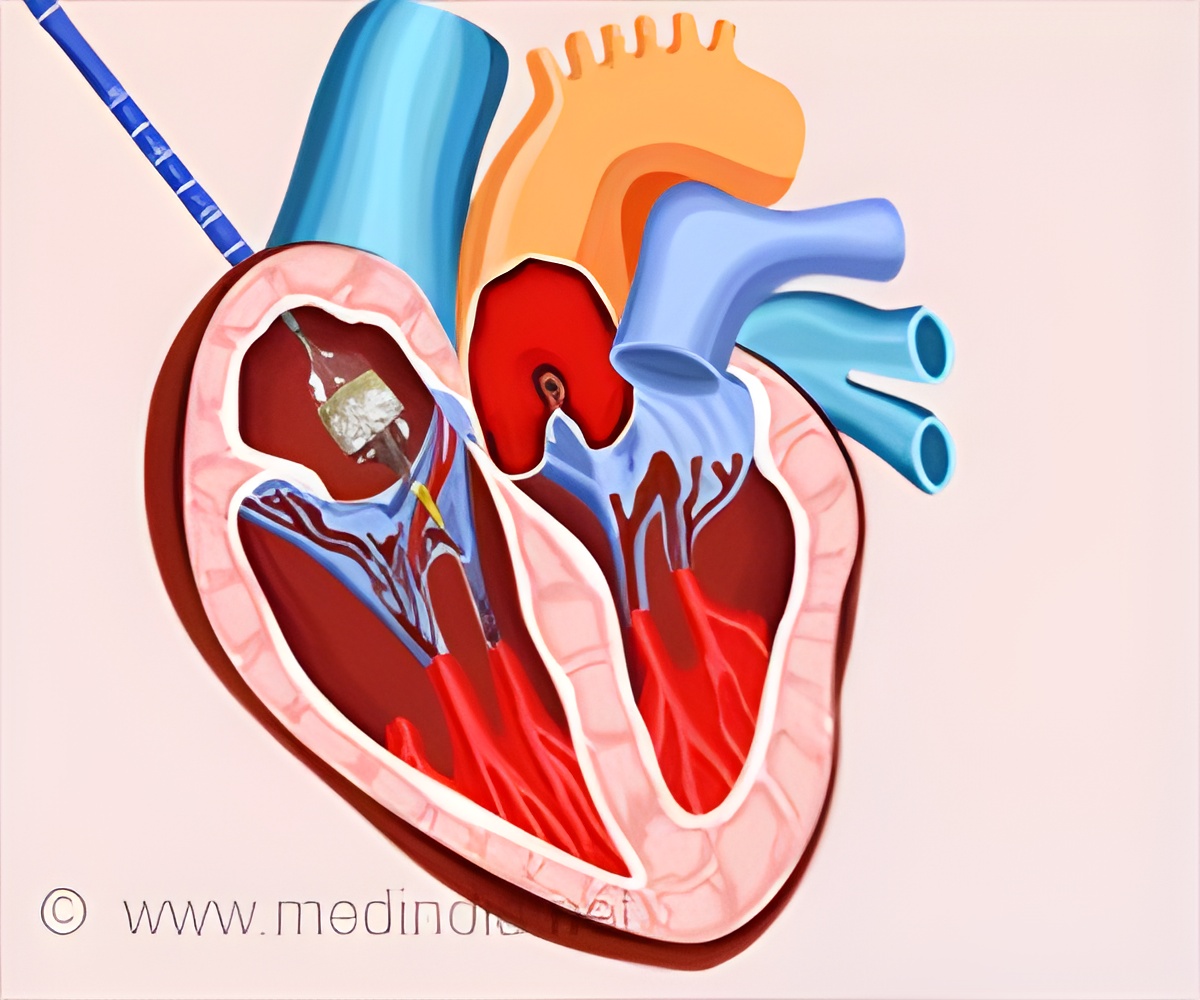First ever risk tool predicts readmission rates for patients who have undergone transcatheter aortic valve replacement.

‘New tool shows potential to identify patients at higher risk for readmissions, target post-discharge interventional strategies and reduce incidence of readmissions for TAVR patients.’





The study analyzed patients in the Nationwide Readmissions Database (NRD) who underwent TAVR from January 2013 to September 2015. Complex survey methods, hierarchical regression and the 'rms' library were implemented to create a prediction ruler to determine probability for 30-day readmission. The study's researchers performed an internal calibration with bootstrapping. During the study period, a total of 39,305 patients underwent endovascular TAVR, and 6,380 (16.2 percent) were readmitted within 30 days. The final risk tool included the following variables: chronic kidney disease, end stage renal disease on dialysis, anemia, chronic lung disease, chronic liver disease, atrial fibrillation, length of stay >5 days, acute kidney injury and discharge disposition. The c-statistic of the model was 0.63. A score of 212 was associated with a more than 30 percent readmission rate.
"The creation of this tool and the results of the study are very assuring because it allows for better understanding how patients should be managed peri-TAVR. By recognizing patients at higher risk of readmission, we can guide post discharge care coordination and improve transitions of care to decrease readmission, improve quality of life, reduce healthcare costs and ultimately impact mortality rates," said lead author Sahil Khera, MD, Massachusetts General Hospital.
"Use of the simple risk tool will allow the entire care team to quantify readmission risk and enhance our ability to provide personalized transitional care to hopefully mitigate this risk," said co-author Sammy Elmariah, MD, also from the Massachusetts General Hospital.
The authors are looking to start using this tool and incorporating into EMRs in hospital systems across the country in the near future.
Advertisement
Advertisement







